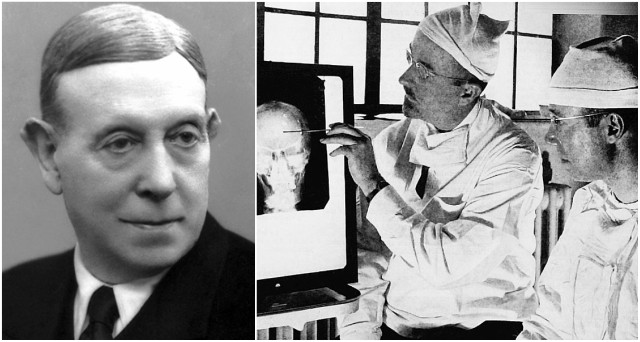Lobotomy, from the Greek words for brain and slice, is a neurosurgical procedure involving the cutting off connections to and from the prefrontal cortex, or anterior part of the frontal lobes of the brain with the goal to exert influence on the psychological experience and behavior of the patient.
The procedure became a legitimate alternative treatment for serious mental illness, such as schizophrenia and severe depression in the 20th century. However, modern psychosurgery originated from the German researcher, Friederich Golz who removed portions of his dogs’ temporal lobes and found out that the dogs were less aggressive and calmer.
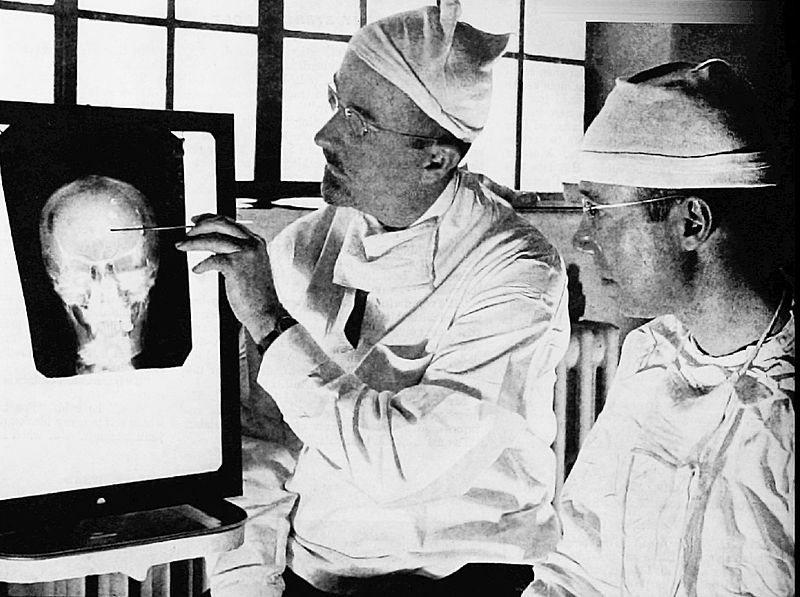
In the late 19th century, Gottlieb Burkhardt, who was the president of an insane asylum in Switzerland, performed the first recorded lobotomy experiment. Six chronic schizophrenic patients who were experiencing extreme hallucinations which caused them to act erratic and uncontrollable underwent localized cerebral cortical excisions. Some patients showed improvement and became calmer after the surgery.
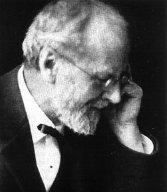
His calculations showed that there was a success rate of roughly 50%. However, many of his colleagues were shocked by his approach and criticized Burkhardt and that is probably why he discontinued his brain tampering.
In Yale University, in 1935, Carlyle Jacobsen tried frontal and prefrontal lobotomies on chimps and came to a conclusion that the chimps became less aggressive and more manageable.
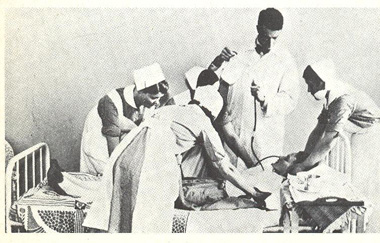
The Portuguese neurosurgeon at Lisbon University, Antonio Egas Moniz, attended a conference and learned about Jacobsen’s experiment. Together with his colleague, Dr. Almeida Lima, Moniz devised a leucotome, an instrument for dividing the white matter in the brain, and performed the first procedure in 1935. The procedure involved drilling holes in his patient’s skull to access the brain and surgically cut the nerve fibers which connect the frontal and prefrontal cortex to the thalamus.
Moniz and his partner Almeida Lima operated 20 patients and discovered that they became more docile and seemingly content, just like the chimpanzees. He called the procedure a “prefrontal leucotomy” but it would later become known as the lobotomy.

Soon after, he presented the results at a conference and published a paper proclaiming his procedure a success. He described his achievement in the American Journal of Psychiatry:
“Following this exposition, I do not wish to make any comment since the facts speak for themselves. These were hospital patients who were well studied and well followed. The recoveries have been maintained. I cannot believe that the recoveries can be explained by simple coincidence. Prefrontal leucotomy is a simple operation, always safe, which may prove to be an effective surgical treatment in certain cases of mental disorder.”
However, just a few months later many of his patients suffered a relapse, just like one of the chimps but this crucial information was not publicized.
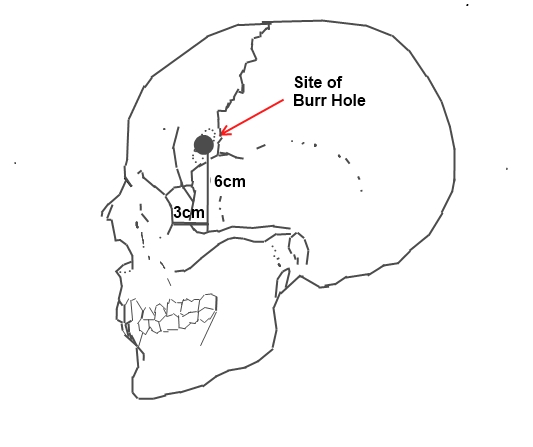
Lobotomy became increasingly popular and in 1949 Moniz was awarded the Nobel Prize in Medicine for his discovery of lobotomy. After he was awarded the Nobel Prize, lobotomy became even more popular and aside from the fact that some doctors criticized the procedure by 1951, almost 20,000 lobotomies had been performed in the United States alone.
In 1949, a former patient paralyzed Moniz by shooting him in the back and in 1955 he was beaten to death by another patient.
